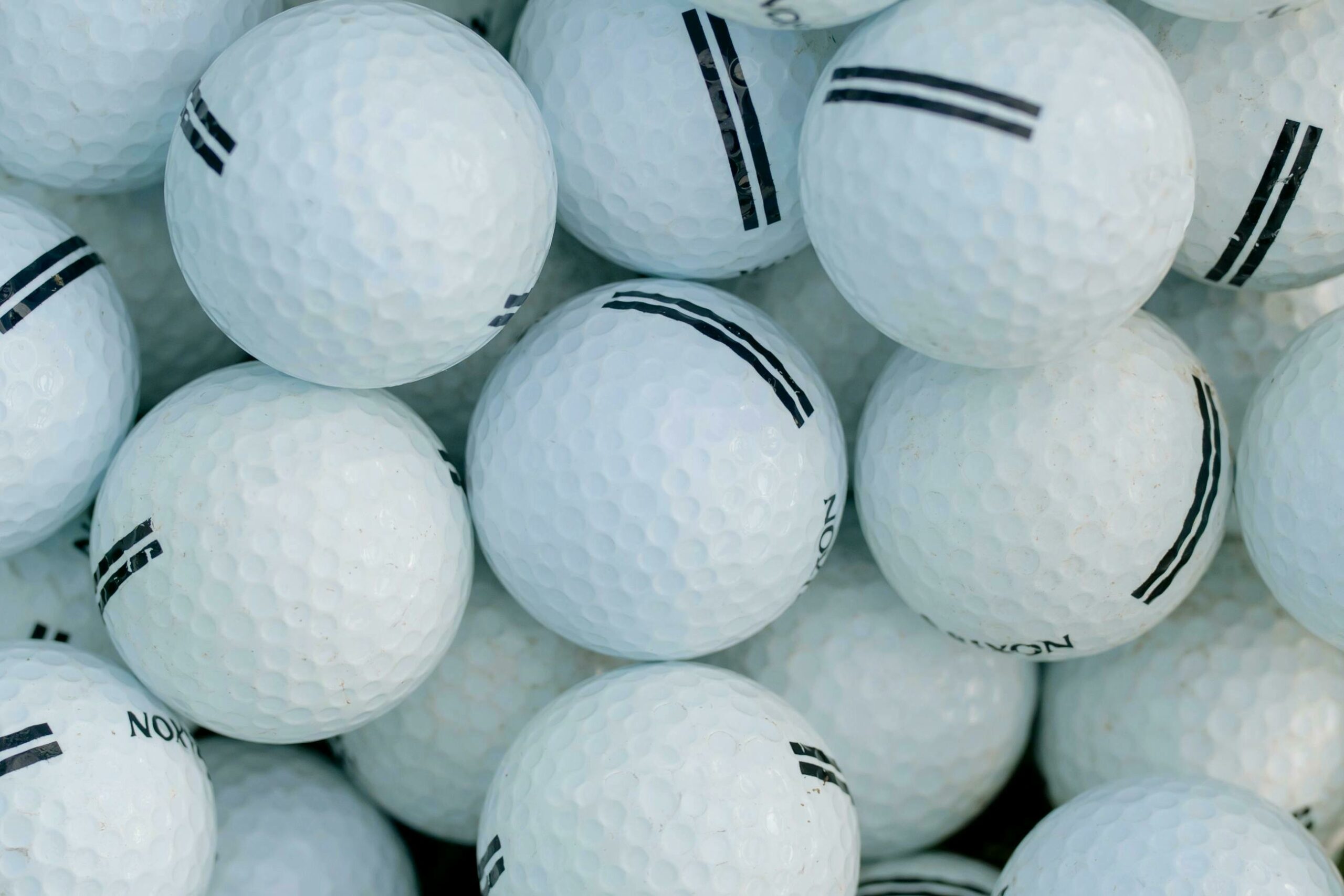There’s never a bad day for a round of golf, except for maybe when it gets a little too hot or too cold to be out for too long.
The former challenge is much easier to deal with – some basic summer golfing tips: remember to pack your sunscreen, sunglasses, water, and be ready to flag down the beer cart. Getting a tee time before or after the hottest parts of the day is also a sensible way to avoid overheating.
But a chillier day on the links is a different situation altogether. You’re not likely to be wading through snowdrifts since most courses in temperate areas wisely shut down during the snowy season, a wise practice that avoids damaging the landscaping, and also avoids damage to hardy players. Plus, it might be tough to find your traditional white ball in all that snow – luckily, you can always order colored golf balls to help with ball visibility!
However, you are more likely to experience situations where it’s cold on the course in the fall and spring. Even if the temperature doesn’t actually reach 32 F or below, it still isn’t the best idea for you to be walking outside for several hours without preparation. Chills and shivering also won’t be good for your game either.
Continue reading for suggestions on how to continue to play well, even when things get cold.
Dress to Stay Warm and Mobile
Make sure you dress for success, namely, clothes that keep you warm and also allow you to walk, drive, bend, and swing your clubs without hindrance. Wearing layers is a smart starting place, since you can easily take some off or put some on as you get active or weather conditions change. Start with a thermal base, then layers of insulation and then a waterproof outer layer. This combo will keep the cold away, plus any moisture from soaking in.
Next come golf gloves that still let you grip your clubs and set up your tees, or at least put them on and remove easily when it’s your turn. Thermal socks, a hat, and a neck warmer can also keep the chill away. Finally, look for footwear that keeps your feet dry and warm. Your regular golf shoes may give you good traction and look sharp, but may be slippery and let in cold and moisture. So insulated golf shoes or short boots might be what you need.
Prepare your Gear
After your apparel is good to go, it’s time to make sure your golf gear is up for the challenge. Start by looking at your golf balls. Not everyone knows that balls don’t travel as far when the air is colder. Softer-compression balls do perform better and aren’t as affected by temperature. If you’re going to switch balls, you also might have to use different clubs, especially the longer ones. If your longer clubs aren’t used much, consider visiting the driving range before your range to get a little more comfortable with them.
Another way to make sure your balls travel well is to use a hand warmer or even keep your balls in your jacket instead of your cold bag.
Moisture is also a concern – inspect your bag to make sure water can’t or drinks aren’t spilled. You can also protect your grips and your club heads from cold and moisture, which can cause metal to rust or plastic to become brittle and break. Some people use socks to cover club heads but pro shops also sell sleeves to better cover clubs and keep them dry.
Warm Up Well
It’s always sensible to stretch your muscles before approaching the first tee. But chillier days mean you should put a little extra time into your warm-up activities. This can prevent injuries, improve performance, and get your blood circulating well. Stretches will help loosen your joints and muscles and reduce the possibility of cramping or excess shivering.
Follow up your stretching exercises by working on your swing a little. You might find you need a little extra force to hit the same distances you would on a warmer day due to your balls not traveling as far as they usually do due to colder air. Gripping clubs a little differently with gloves also might affect your swing, causing you to slice or hook more than you’re used to. It can be easy to want to overswing, but the same techniques of smooth, controlled swings apply that work for you during better weather play.
Adjust your Course Strategy for Winter
If you’re used to your local course, you might still find different techniques are required as fall and winter move in. Along with cooler air potentially slowing down your ball’s flight slightly, colder days can bring the possibility of wind gusts that can throw your shot off a little or a lot.
Fairways might be slippery from moisture which could affect your stance and swing. Frosty ground, especially in shady areas, also might mean your ball won’t roll as far when it lands. To compensate, try shorter, lower shots that are more controlled, rather than hitting as far as you can, especially on your early drives on each hole.
This advice is especially useful on the green, which might be slick or rough, depending on the ground condition at that moment. You’ll have to find the sweet spot between “needing to hit a little harder” and “don’t hit too hard.”
Mental Preparation for Winter Golf
We talk about getting your head into the game and focusing well, which is general good advice. This is especially important with cold-weather golf. Not only do you have to focus on “normal weather” techniques like lining up your shot and choosing the right clubs for the right hole, but you also have to be aware of weather conditions such as wind speed as well as keep an eye on your own stamina.
With all these extra considerations, it’s wise to be aware that your game may not be as great as it can be in better weather. You may have more strokes per hole or more shots that don’t quite go where you want them to go or as far as you think they should go. Being mentally prepared and focusing on your love of the game can avoid being frustrated at a higher score than usual.
Being sensitive to your body is also important. Even if it isn’t a hot day, hydration is vital if you’re out for an extended period of time, so continue to drink water or a warmer liquid. Dehydration can affect your game and increase exhaustion and muscle aches. But save the hot toddy for the post-round celebration at the clubhouse, since alcohol can be a bad idea in cold situations.
Overall, cold-weather golf can have some memorable moments. Courses will likely be less crowded so there’s less pressure to let people play through. It can be nice to be out in nature and not sweating like you do on summer days.
Getting into a mindset that it’s a different style of game can make a difference in your experience. If you’re working on improving your game, which we all should be, it can be useful to practice cold-weather techniques which can include paying more attention to your choice of balls and your club selection rather than “whatever goes the farthest.” It also is a good opportunity to focus on different types of drives, especially shots that are shorter, lower and more precise.
You can even consider your colder-weather games to be “practice” to keep out there. Next season, you’ll be even more prepared than your peers who put their clubs away at the end of summer.













Add comment
You must be logged in to post a comment.